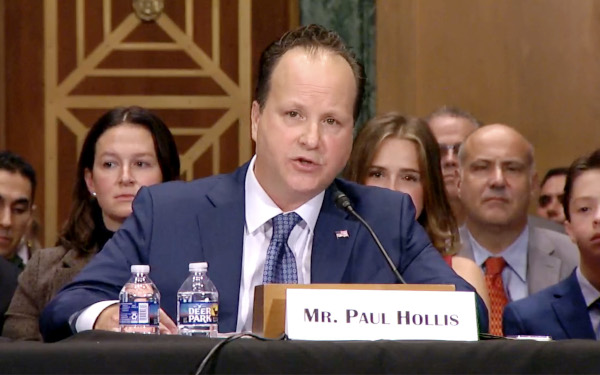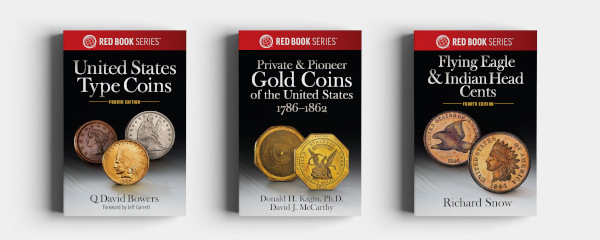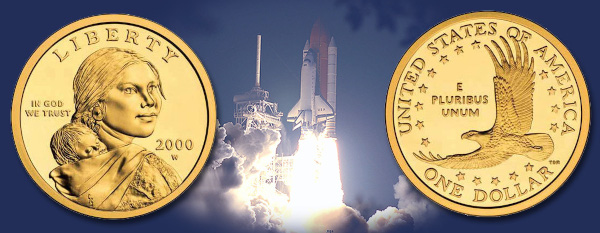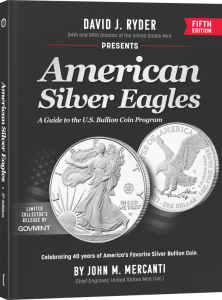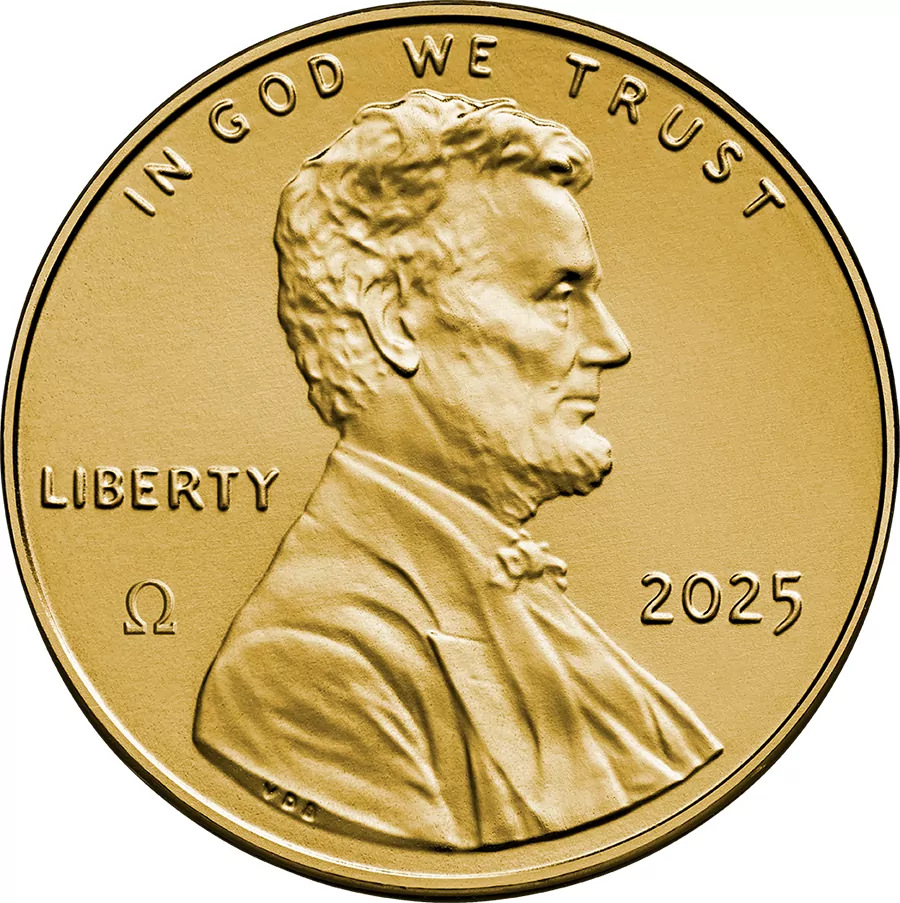
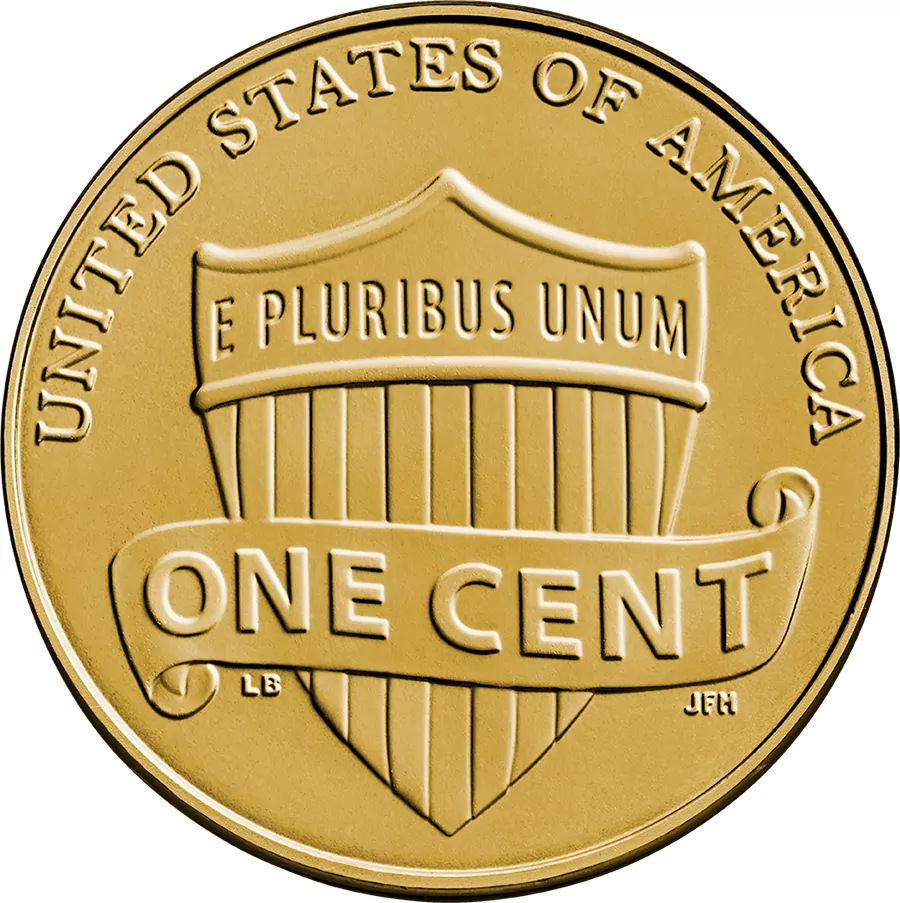
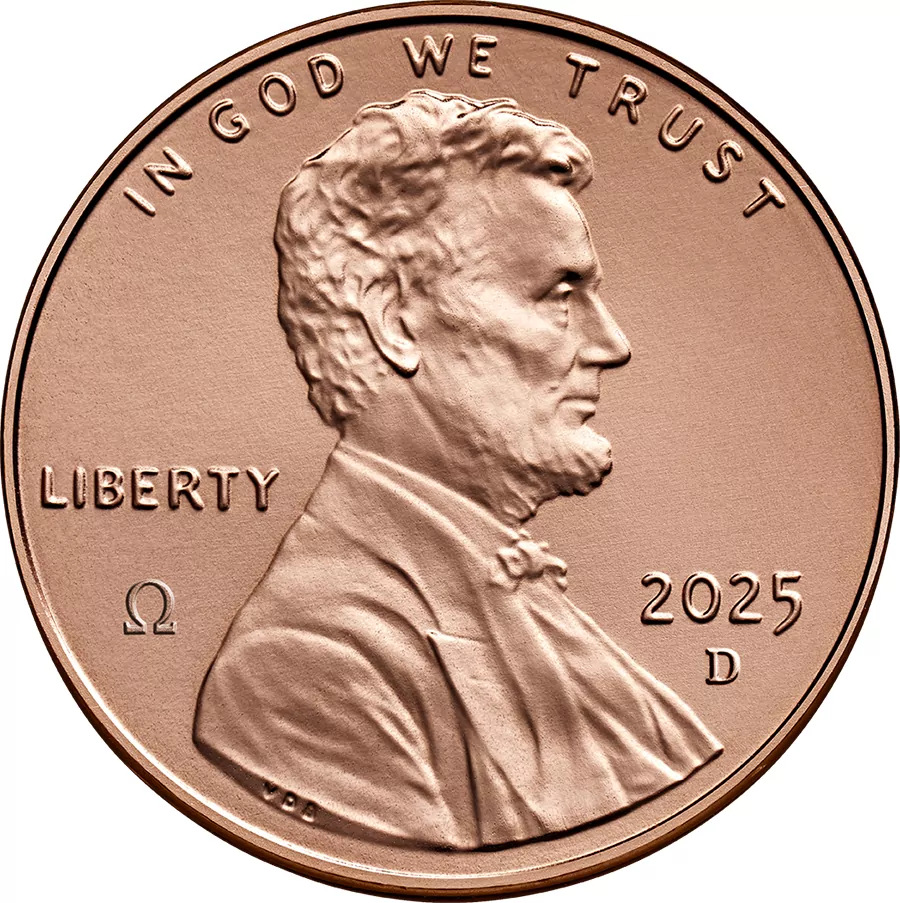
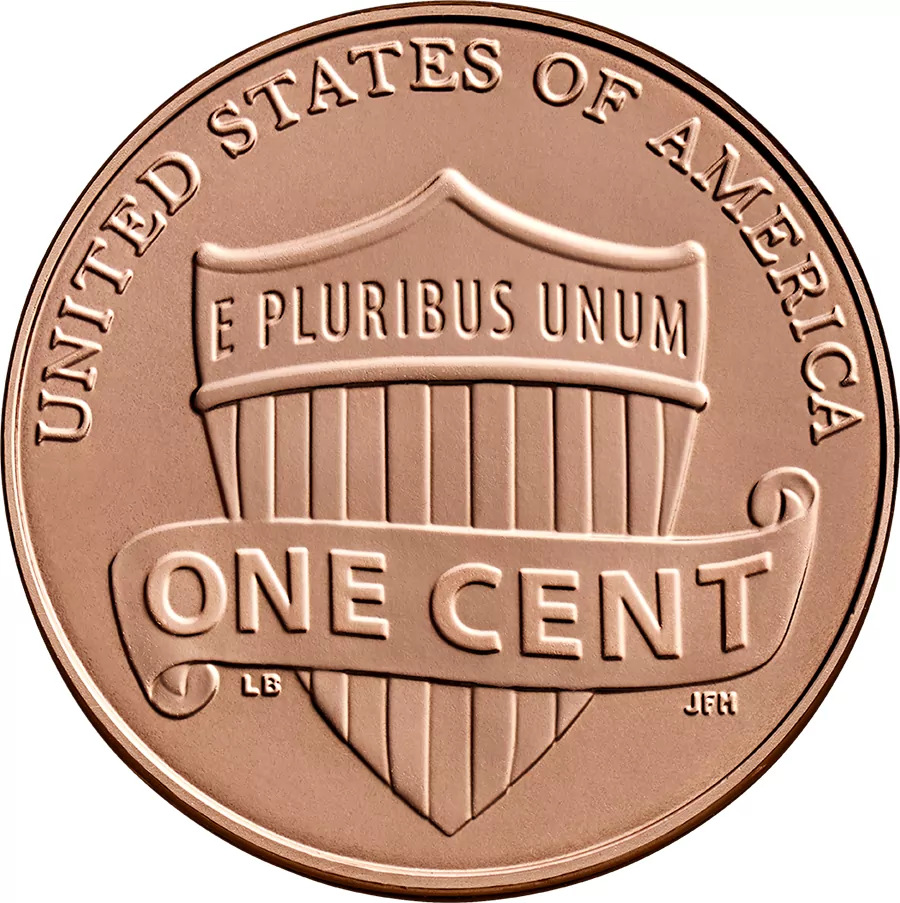
The very last circulating pennies, or “cents,” will be auctioned in a special sale this December by Stack’s Bowers Galleries, the firm selected by the United States Mint for this historic offering. Each of these coins exhibits a small “Ω” privy mark of the final Greek letter Omega, indicating their role as the capstone to a two-centuries long legacy that first began in 1793. These Omega privy mark Lincoln pennies will be offered in three-coin sets featuring one each of the 2025 penny (struck at the Philadelphia Mint), the 2025-D penny (struck at the Denver Mint), and a historic 2025 penny struck in 24 karat gold (produced at the Philadelphia Mint). The 24 karat gold penny is a true modern rarity, representing the first cent officially struck in gold and one of the rarest non-Proof gold coins to ever emerge from the United States Mint.
Only 232 three-coin sets are available for collectors—celebrating the number of years pennies were produced beginning in 1793—and they will be offered exclusively in the Stack’s Bowers Galleries sale on Thursday, December 11, 2025. Each set will be accompanied by a serialized Certificate of Authenticity and set #232 will also include the three sets of canceled original dies used to strike these coins. United States Treasurer Brandon Beach and United States Mint Acting Director Kristie McNally also personally operated the presses to strike the final few Omega coins, in recognition of their historic significance.
